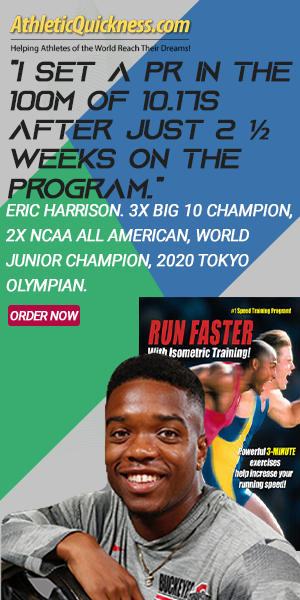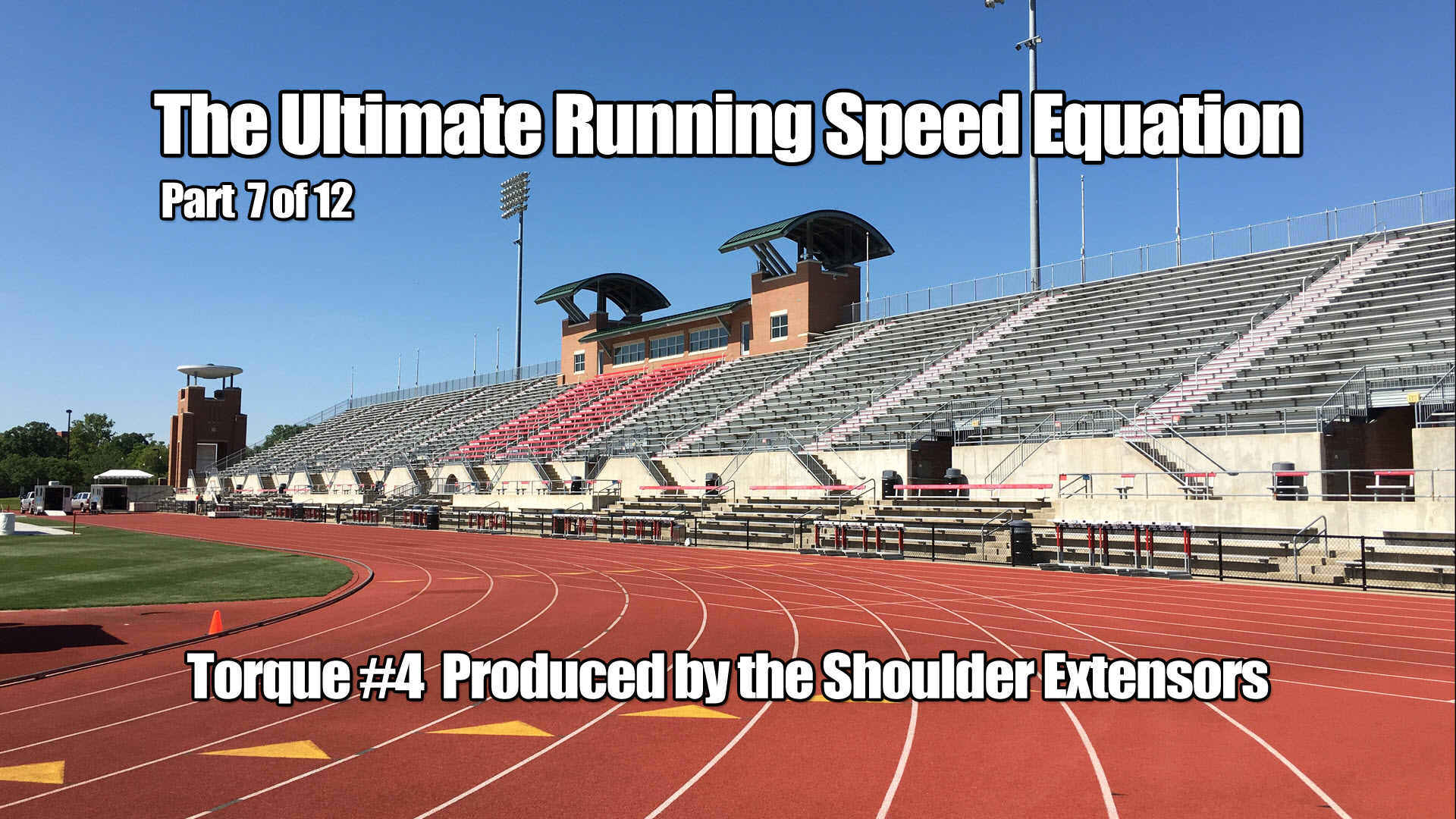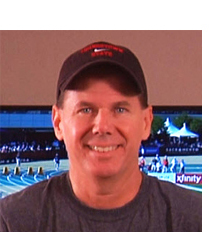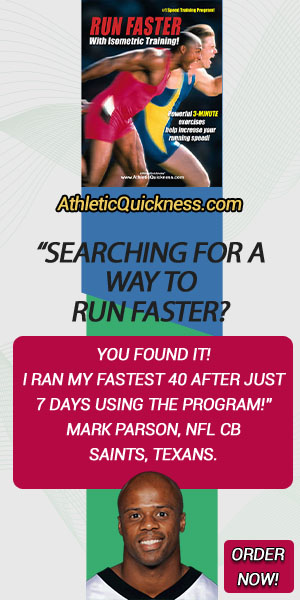Okay, in the last article I began our discussion regarding arm swing and the role the arms play in running and told you that both of the arms work with only one of the hips/legs at a time and that they DO NOT WORK WITH BOTH.
The reason is that it is actually impossible because if they did, you wouldn’t be able to move forward, at all. In fact, you’d be stuck in one place for the rest of time so you might as well forget about trying to do anything, faster.
Anyway, you’re going to see this come together as we move through the second half of these posts. But, before we continue on, I wanted to pass along another misconception that, wait for it… REAL SCIENTISTS HAVE(!!!) regarding arm swing but, in this case, for walking though it doesn’t really matter since the role of swinging the arms is the same when you jog, run and sprint, too.
My hope is that by sharing this “scientific” information/misconception about arm swing for walking that you will be encouraged to finish the rest of this series. This is because I promise that if you do…YOU’LL KNOW MORE THAN SOME OF THE TOP SCIENTISTS IN THIS WORLD ON THIS SUBJECT!
Scientists at Reuters Could Not Possibly Be Wrong, Could They?
So, as I like to do when I write articles, I search the internet to see what others might be saying on the same subject to see if it is worth my time, as well as to, perhaps, learn something new. So, while I already understood the role that the arms played when you sprint, run, jog and/or walk, imagine my surprise when I stumbled across the following article:
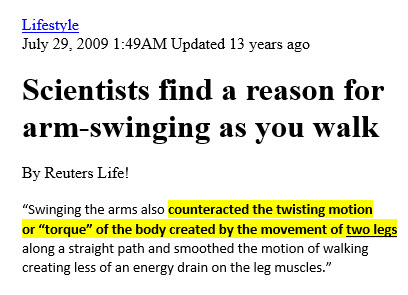
The title intrigued me so I wanted to see what they had to say. I figured since it was written by scientists at a highly respected organization that I might find someone who shared the same understanding of human motion as I did. In the article above, I highlighted the part I wanted you to focus on. But, you can certainly google the headline and read the whole article if you wish since it’s about a 2 minute read.
Anyway, while I was happy to see that they talked about torque, since that is basis of how we move about physically and best seen in the transverse plane, I nearly flew out of my chair when they mentioned the arms counteract the movement of two legs!
Two Legs? Are You Kidding Me?!
Like I said in the previous article and re-emphasized at the top of this one, the arms do not work with both legs/hips at the same time as far a torque is concerned! Again, this is not possible nor practical and I intend to show you why.
So, if you have stuck with me this far, please allow me to enlighten you on this subject of arm swing and the role it plays in running. Also, it would be an absolute honor that, if someday, you ran into a scientist who shared the misconception I referenced above, you could enlighten them and tell them exactly why they went wrong.
So, without further ado, let’s talk about arm Torque #4 coming from the shoulder extensor muscles.
Torque #4 – Produced by the Shoulder Extensor Muscles
Alright, looking at the left arm, on our female athlete, I want you to once again, imagine it’s the only force acting on her body. So, nothing else is going on. The other arm isn’t involved and neither are her legs. See Figure 1.
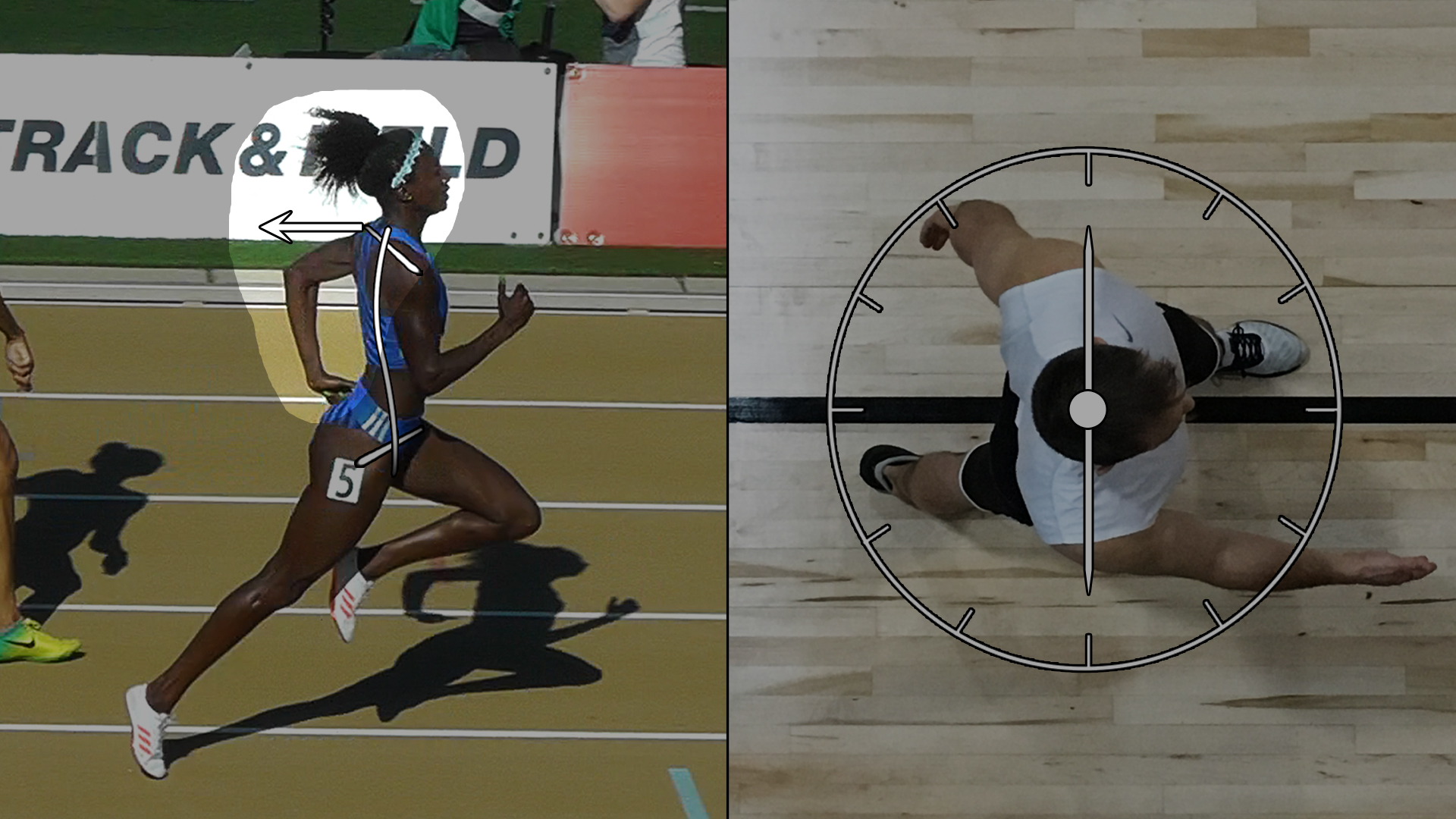
We see, then, that because it has been thrust behind her, which is a function of the shoulder, or, arm extensor muscles, it will still exert a pulling force on the left shoulder joint, just like the right shoulder did, except this time it’s backward in the direction of the white horizontal arrow. Again, see Figure 1 above.
And yes, there is a vertical component to this force, as well, that I have shown by the red arrow. See Figure 2 below.
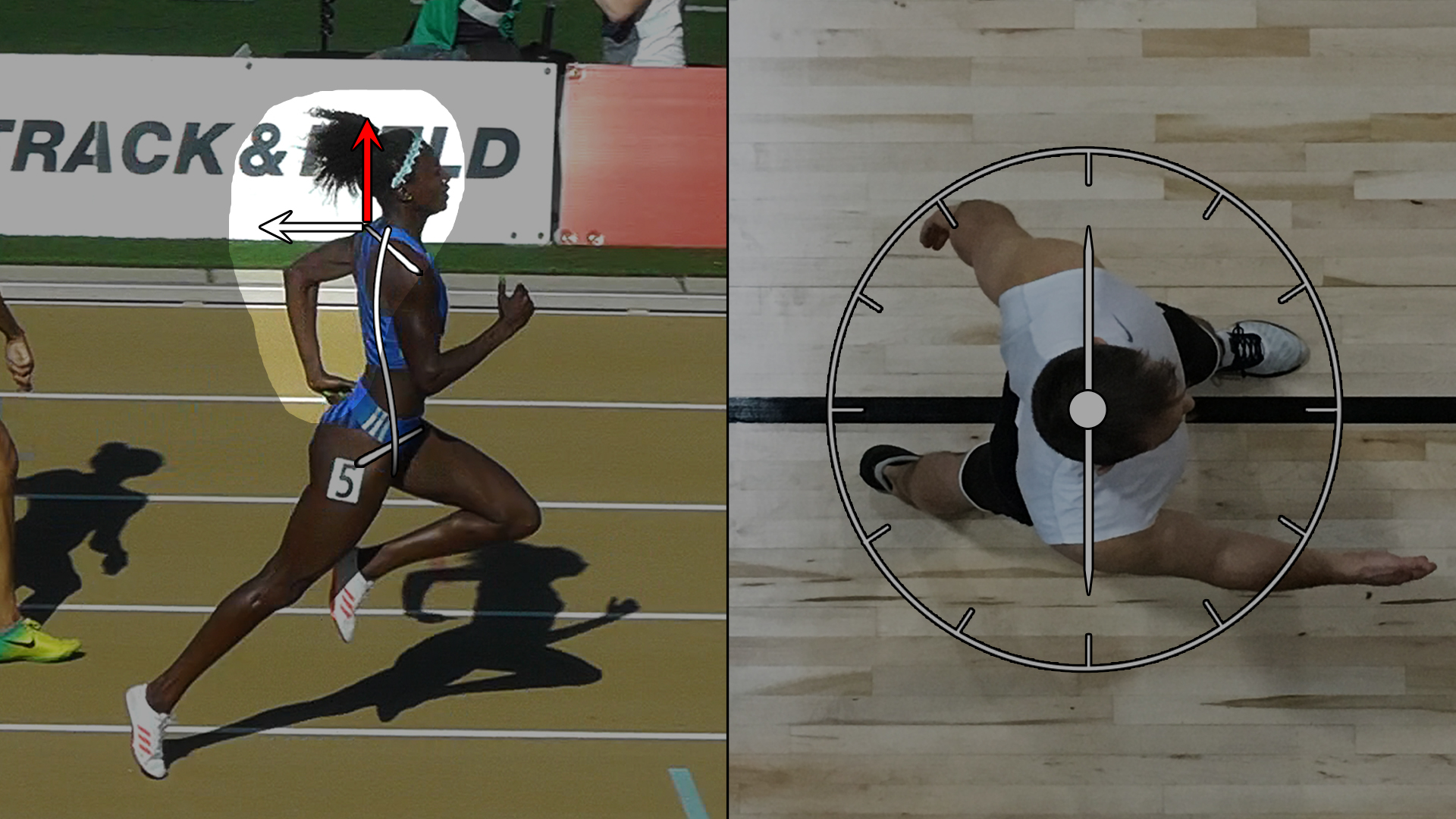
But as before, I am going to illustrate the net result of these two components with just one simple horizontal white arrow. Now, again, if this was the only force acting on the body, do you think the effect of it would be to just pull her straight forward, or, do you think there might also be some additional reaction?
Well, once more, the only way this force causes her to move straight ahead would be if it were acting along her midline, as seen in Figure 3, but that’s not the case.
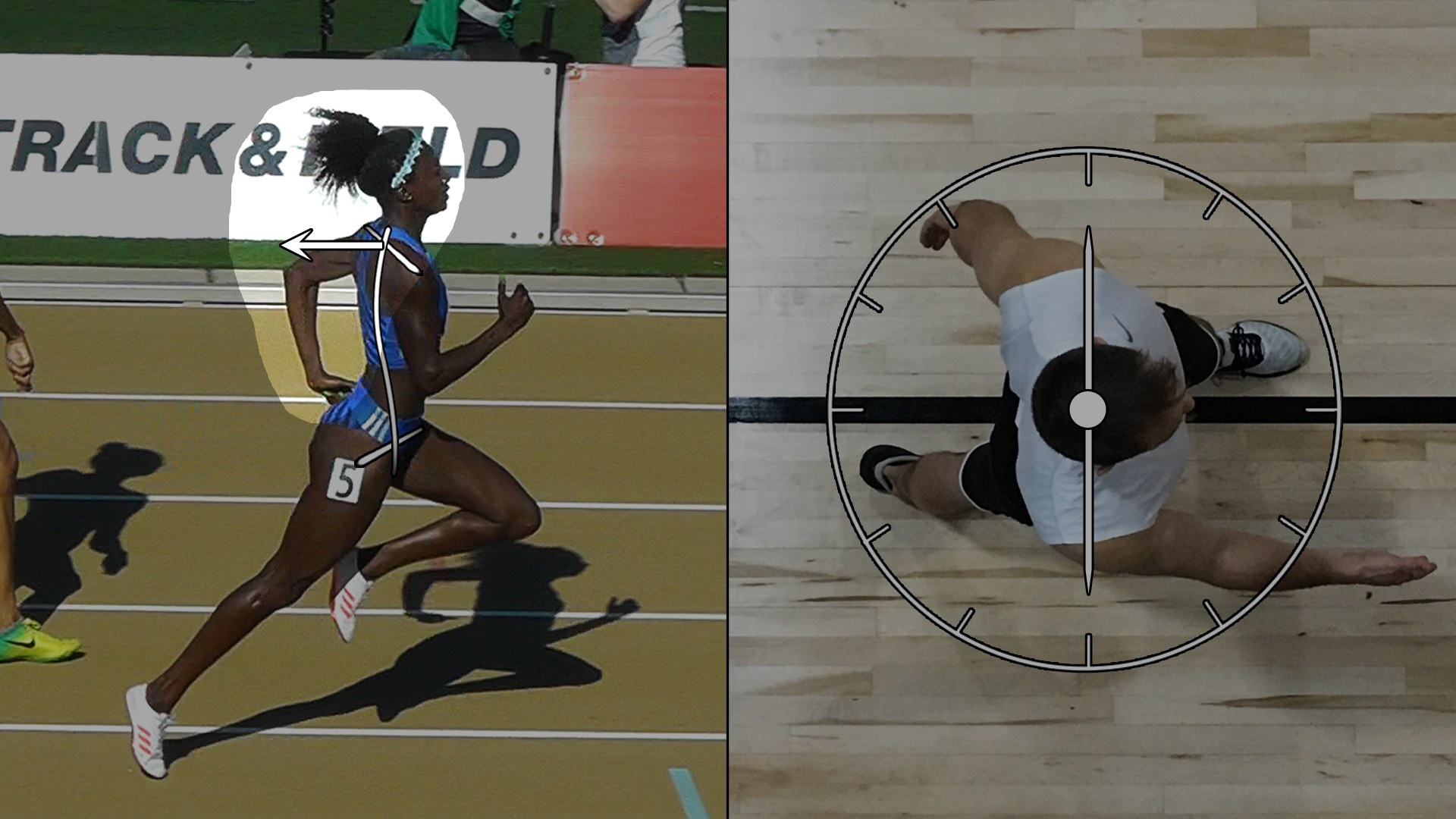
So, because it’s been displaced away from it, It would not only pull her backward, but, would also cause her upper body to twist, or, rotate. See Figure 4.
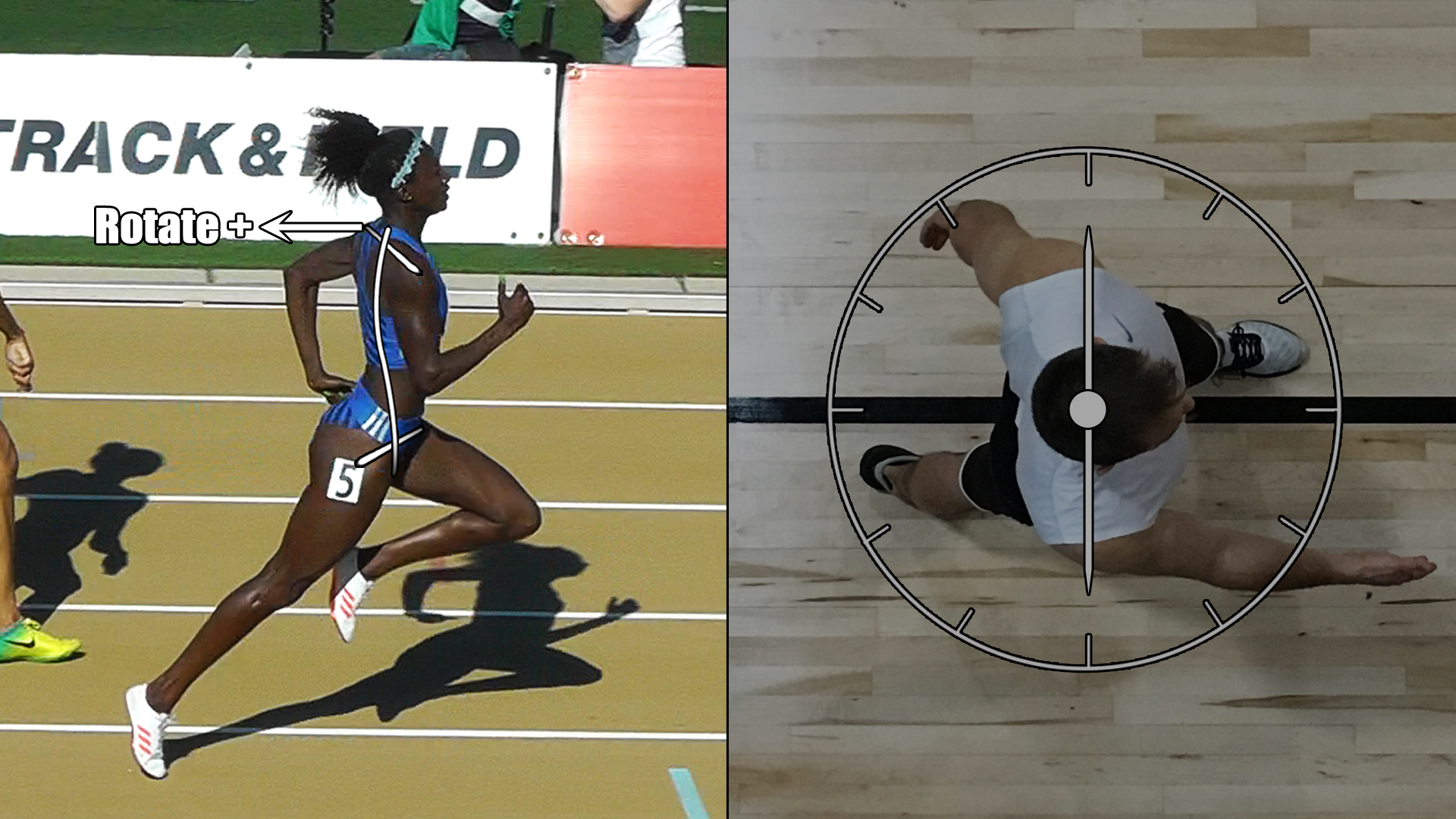
It would have to because it does not fall along her midline where her center of gravity lies. So, if she does rotate, the question again, is, which direction would it be? Clockwise, or, counterclockwise? To help you see this better, let’s look at this from above on our male athlete.
The same force on our female athlete pulling her left shoulder backward can also be shown here on our male athlete in Figure 5 below.
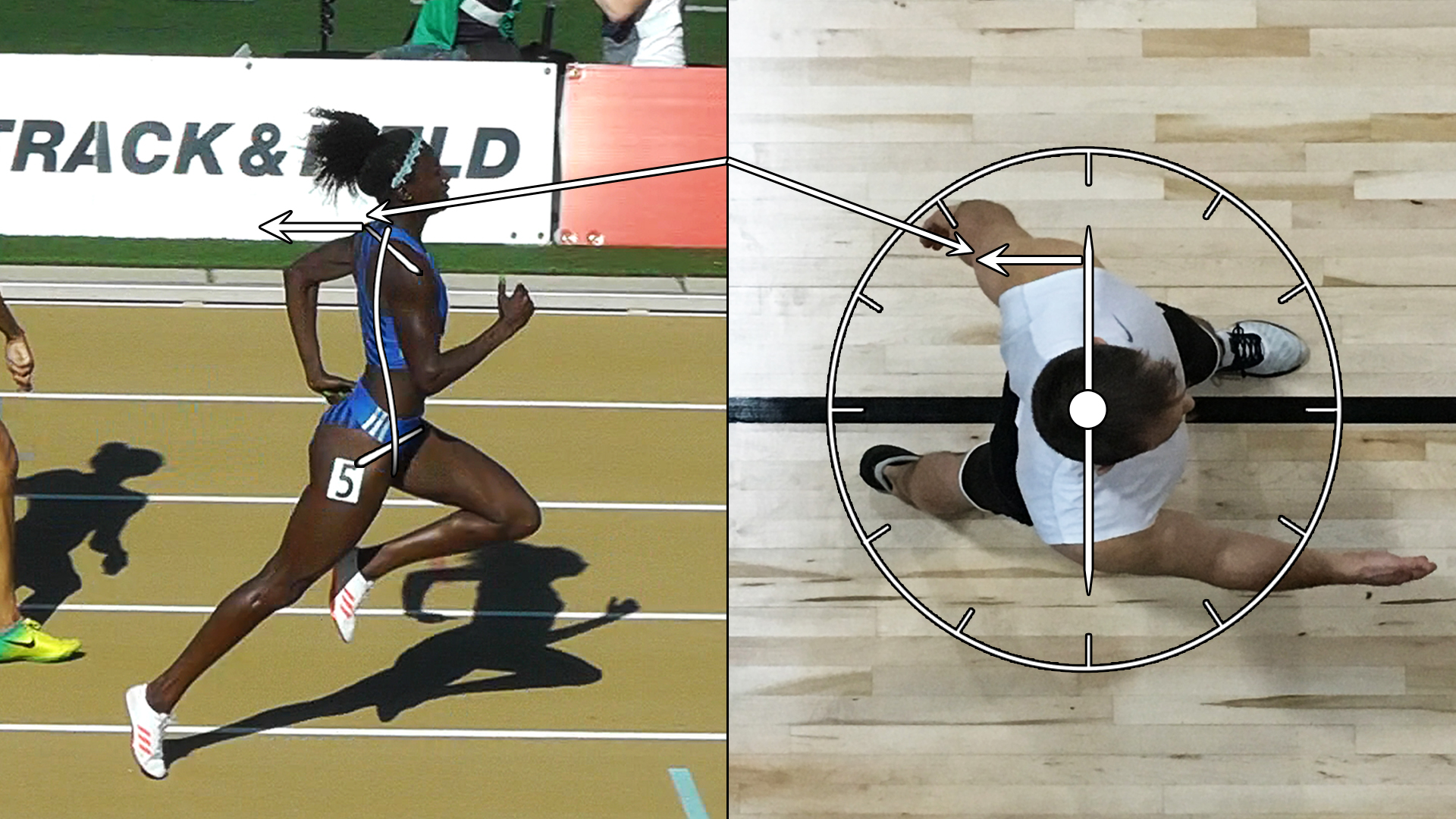
So, as the force pulls backward on this vertical line that now represents the level of his shoulders, we can see where it will try and rotate it in the… what direction? Care to take a guess? If you said the counterclockwise direction, then you are correct yet again, and let’s show it by the direction of this red arrow. See Figure 7-6.
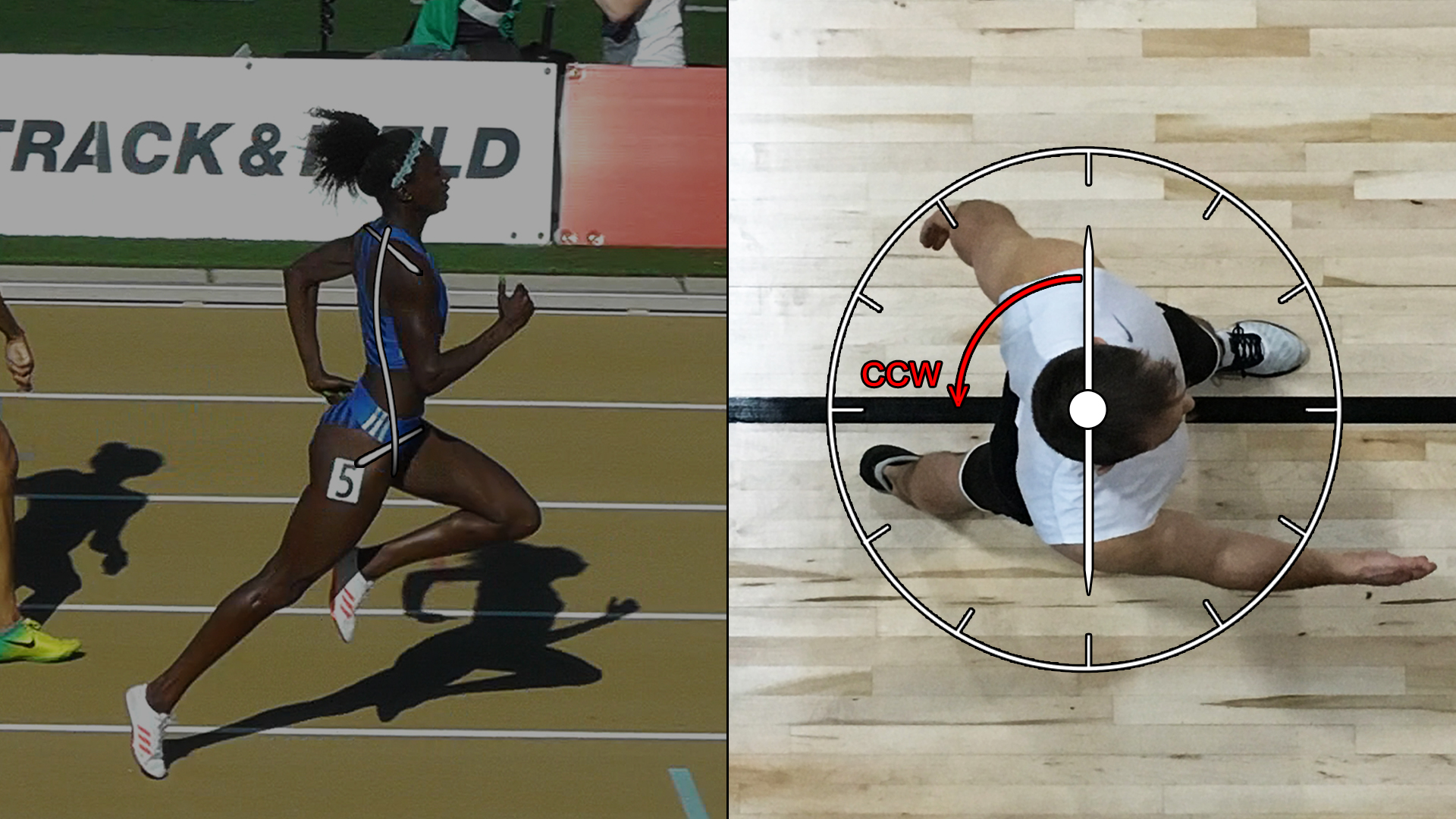
And let’s also go ahead and place the corresponding counterclockwise red arrow showing this rotational force, or, torque on our female athlete and perhaps now you can envision this one taking place a little better, as well. See Figure 7.

Having strong arm muscles are important for running and you can see a few ways I recommend exercising them, here: arm exercises for running.
………………………………………..
Now, I don’t want to get ahead of myself, but, with respect to the Reuters article I referenced above, I believe it is only fair to do so. Plus, I think you can handle it. Here goes:
At this point, what should be coming in to focus is this:
Arm swing, by both arms, creates torque, or, rotation in the same direction as that produced by the (one) leg pushing against the ground. The other, airborne leg, provides counter rotation, or, torque thereby keeping everything in PERFECT balance.
Therefore, as I will state a third time in this article, the arms only work with one hip/leg at a time, not both as Reuters Life states. And now, you do know more than a scientist regarding arm swing for running, etc…congratulations! But we are not done yet! Let’s continue on and talk about the fifth and final torque.

